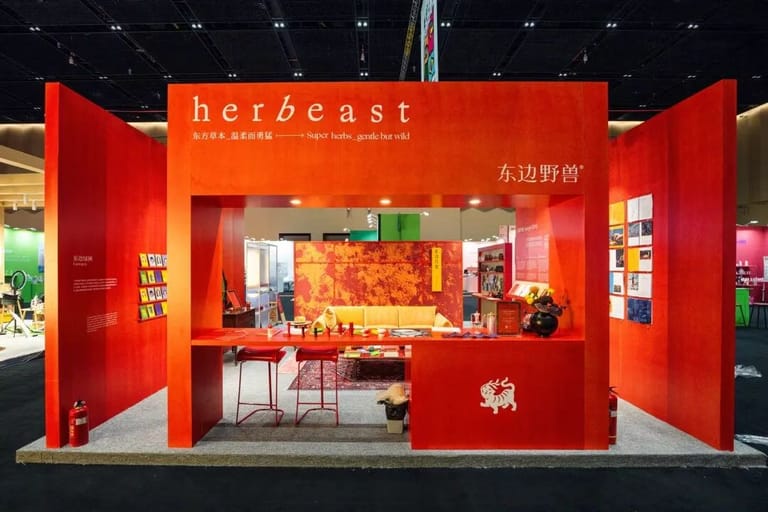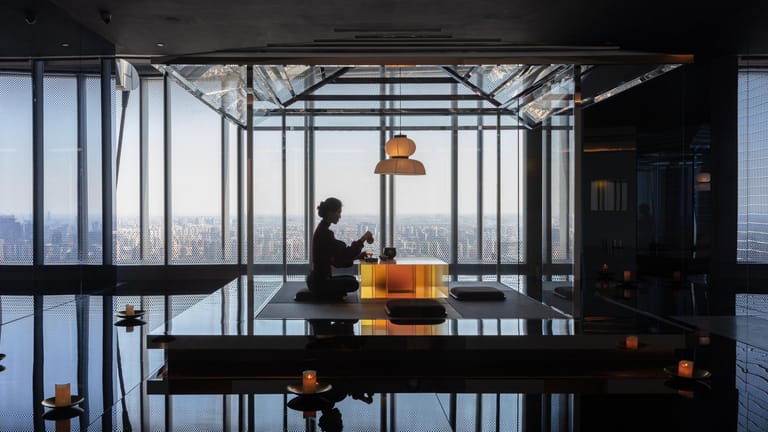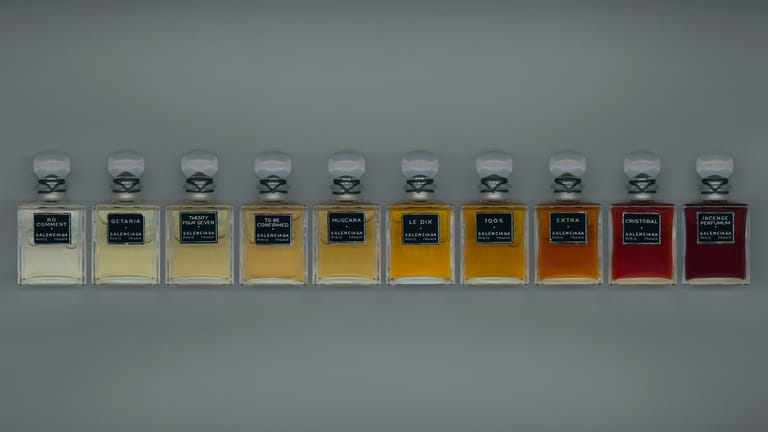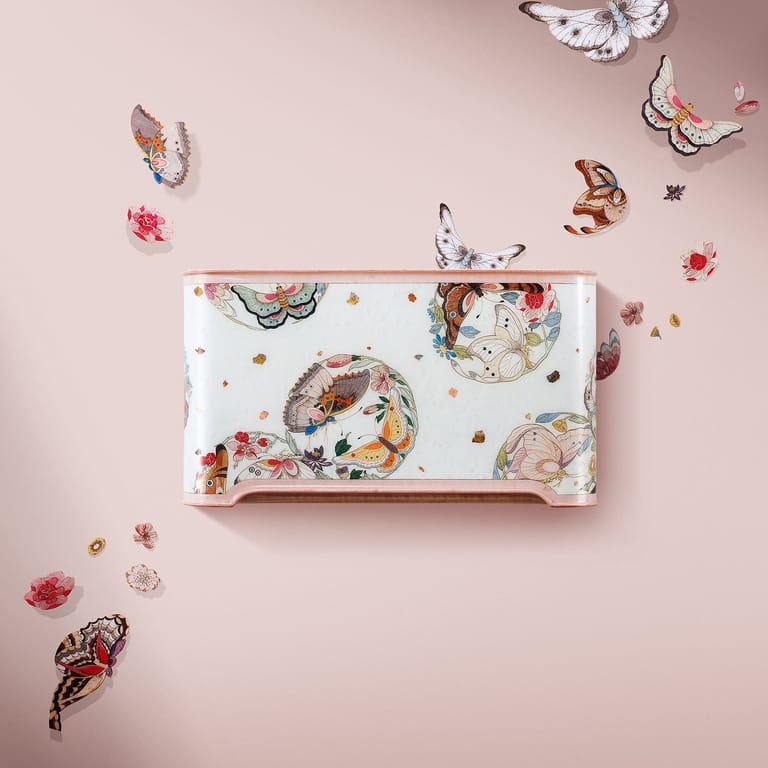China Hits Back as Trump Tariff Rift Deepens
By
Wenzhuo Wu

Published on
April 10, 2025

Jingzhi Curates is your daily compass for navigating the dynamic intersections of business, culture, and society. Each installment distills the day’s most pressing issues into thoughtful, actionable insights—perfect for leaders, innovators, and the intellectually curious. Whether a game-changing shift in global markets, a breakthrough in AI, or a cultural trend redefining consumer behavior, Jingzhi Curates delivers clarity in complexity.
Tensions between the world’s two largest economies escalated on April 10 after China’s retaliatory 84 percent tariffs on US imports came into force—just hours after President Donald Trump pushed forward with a steep hike in tariffs on Chinese goods to a staggering 125 percent.
Beijing’s latest countermeasure, enacted just after midday in the capital, drew a sharp line in what it called a “serious infringement of the legitimate interests of all countries.” The Ministry of Commerce vowed to “fight to the end,” a signal that China will stand firm against what it sees as economic bullying.
Trump’s move to pause proposed reciprocal tariffs for most nations—excluding China—only reinforced Beijing’s sense of being strategically targeted. Still, the broader Asian markets reacted with cautious optimism on Thursday. Key indexes across Asia rallied, with Japan’s Nikkei closing up 9.13 percent and Hong Kong’s Hang Seng ending up 2.06 percent. China’s A-share markets ended in positive territory. The Shanghai Composite Index gained 1.16 percent, the Shenzhen Component rose 2.25 percent, and the ChiNext Index jumped 2.27 percent.
On Chinese social media platform RedNote, user sentiment echoed a deepening sense of divergence from the US. “I can barely find anything at home that’s made in the US,” one user wrote—a reflection of how decoupling is not only economic but psychological. That mood aligns with a recent warning from equity analysts at Bernstein: “The rise of nationalist narratives everywhere—including in China—is making life tougher for global brands.”
In a research note published Monday, Bernstein’s Luca Solca and Maria Meita argued that “recent policy decisions in the U.S.” are undercutting optimism that the luxury sector’s cyclical recovery is gaining traction. While they acknowledge that China’s luxury market has been slower to rebound post-Covid, the long-term potential remains clear. “Luxury could do well even with China on the back foot,” they noted, citing Richemont’s most recent trading update. Bernstein continues to maintain its “outperform” ratings on Hermès International and Richemont, arguing that “best-in-class quality is well-recognized but will also shine amidst macro uncertainty.”
The turbulence is forcing European luxury brands to reevaluate their exposure and assumptions. For years, the US has been viewed as a relatively stable growth market. That view is now under strain.
“European luxury brands need to think seriously about the mid-term volatility of their consumer markets,” said Jonathan Travers-Smith, CEO of China-focused brand consultancy Hot Pot China. “Even if tariffs are rolled back, there’s no guarantee of long-term policy consistency in the US.”
Meanwhile, China’s strategic decoupling from US reliance is beginning to show measurable results. “China’s exports to the US used to account for 19 percent during Trump’s first term,” Travers-Smith noted. “Now it’s around 15 percent—and less than 3 percent of China’s GDP in an economy that grew over 5 percent last year. There’s a major lesson here in calm, forward planning.”
For European brands, the call is to build deeper, more nuanced engagement with Chinese consumers—not just for sales, but for strategic durability. “This is a moment for long-term thinking,” said Travers-Smith. “Brands need to double down on cultural understanding and audience-specific strategy over a one- to three-year horizon.”
In an increasingly bifurcated global landscape, luxury players that can localize meaningfully while maintaining global cachet are best positioned to thrive. As Bernstein points out, consistently delivering exceptional product and brand experience could enable luxury retailers to outperform even in a fragmented and volatile macro environment.












